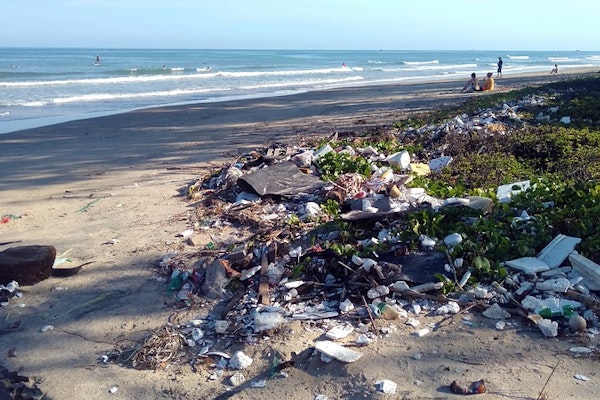
How PFAS Risk and Green Policies Are Shaping the Future of Environmental Insurance
Environmental insurers are rethinking PFAS risk, navigating fallout from green policies, and adapting to a shifting market shaped by redevelopment and climate disclosure pressures.
September 22
Legislation & Regulation
Property
Risk Management
California

Why Climate Adaptation Is Becoming a Strategic Priority for Risk Managers in 2025
Marsh’s 2025 Climate Adaptation Survey reveals that while most businesses are assessing future climate risks, many still lack funding, strategy, or data to drive resilient action.
September 22
Catastrophe
Insurance Industry
Property
Risk Management

Property Insurance Claims Continue Three-Year Decline in Q2 2025, Verisk Reports
Verisk’s Q2 2025 report shows a 9.6% year-over-year decline in property claims, driven by fewer non-CAT losses despite a quarterly rise in wind and hail-related events.
September 22
Catastrophe
Fraud
Insurance Industry
Property

Hazmat Haulers Face Insurance Squeeze as Brokers Struggle to Keep Up
Hazmat carriers are being pushed into the E&S market amid rising costs and tighter underwriting, exposing gaps in broker expertise and threatening long-term coverage stability.
September 18
Excess & Surplus Lines
Property
Risk Management
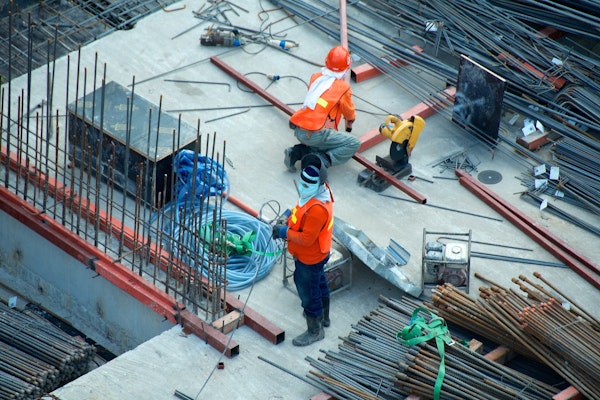
How Construction Defect Claims in Florida Expand Beyond Pre-Suit Notices
Florida’s Chapter 558 pre-suit process aims to reduce litigation in construction disputes, but procedural loopholes often leave contractors facing broader claims mid-litigation.
September 18
Legislation & Regulation
Litigation
Property
Risk Management
Florida

Homeowners Insurance Premium Hikes Are Driving Away Loyal Customers
Nearly half of U.S. homeowners saw insurance premium hikes this year, with J.D. Power warning that high-value customer loyalty and long-term profits are at risk.
September 17
Education & Training
Insurance Industry
Property
Risk Management

How Insurers Are Responding to the Rising Threat of Chemical and Biological Terror Attacks
Terrorist threats involving chemical, biological, radiological, or nuclear materials are rare but growing. Insurers face major gaps in coverage and rising loss potential.
September 15
Insurance Industry
Litigation
Property
Risk Management

Homebuyers Shift Search Strategies As Homeowners Insurance Costs Rise And Access Challenges Grow
A new Realtor.com survey shows rising homeowners insurance costs are influencing homebuyers’ decisions, with many adjusting search strategies or considering dropping coverage.
September 12
Catastrophe
Insurance Industry
Property
Risk Management

Federal Disaster Aid Approvals Are Taking Longer And Delaying Recovery Efforts
A new AP analysis shows presidential disaster declarations now take weeks longer than in past decades, leaving survivors and local governments waiting for critical aid.
September 12
Catastrophe
Legislation & Regulation
Property
Risk Management
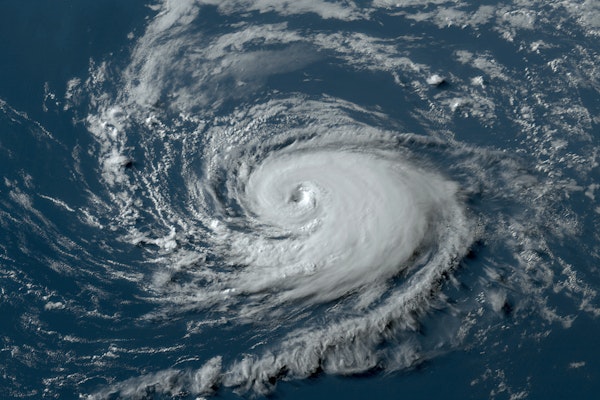
Why the Atlantic Hurricane Season Has Suddenly Gone Quiet in September
Despite reaching the statistical peak of hurricane season, the Atlantic basin is unusually quiet this September, with no active storms and limited tropical development expected.
September 10
Catastrophe
Insurance Industry
Property
Risk Management
Florida
Georgia
North Carolina
Tennessee
Texas
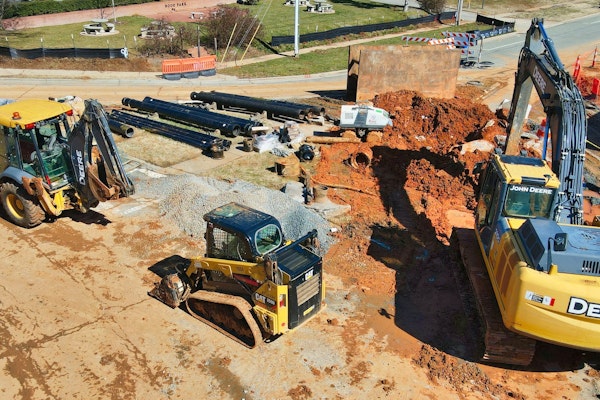
How Construction Companies Can Prevent Common Builders Risk Claims
Construction projects face risks from theft, weather, fire, and more. Proactive site safety measures can reduce losses and keep projects on track.
September 9
Catastrophe
Insurance Industry
Property
Risk Management

High Insurance Costs and Climate Risks Push Homeowners in Vulnerable Areas to the Brink
A new Realtor.com report reveals that 1 in 4 U.S. homes face extreme climate risk, with surging insurance costs disproportionately impacting low-value, high-risk markets.
September 9
Catastrophe
Insurance Industry
Property
Risk Management

Underwriting Profit Triples for U.S. Property/Casualty Insurers in Early 2025 Despite Mixed Income
The U.S. P/C insurance industry posted a $11.5B underwriting gain in H1 2025, aided by fewer Q2 catastrophes, despite a sharp decline in investment-driven net income.
September 4
Catastrophe
Insurance Industry
Property
Underwriting
California
Georgia
Texas
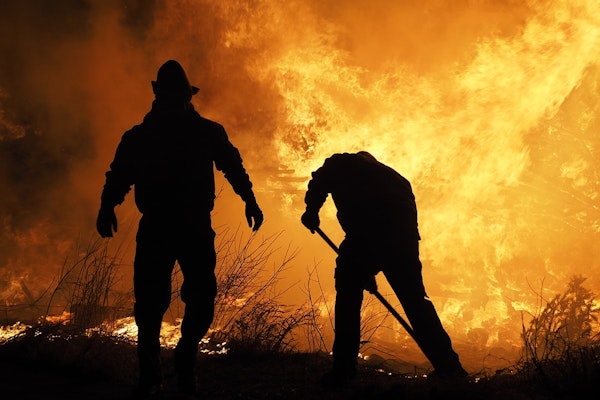
NOAA Launches First Hourly Wildfire Risk Model to Improve Forecasting and Response
NOAA’s new Hourly Wildfire Potential Index offers hourly wildfire hazard forecasts, helping responders and forecasters better track fire activity and smoke emissions in real time.
September 2
Catastrophe
Property
Risk Management
Technology
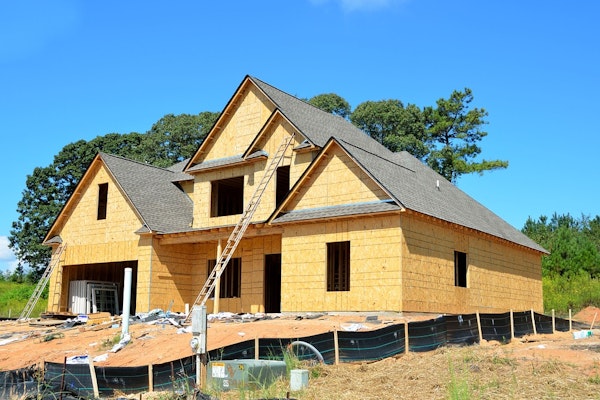
Arkansas Builder Sues Zurich Over Denied Collapse Claim on Unfinished Home
A $420,000 dispute over a collapsed Arkansas home under construction challenges Zurich’s interpretation of "collapse" coverage in commercial property policies.
September 2
Litigation
Property
Risk Management
Arkansas





